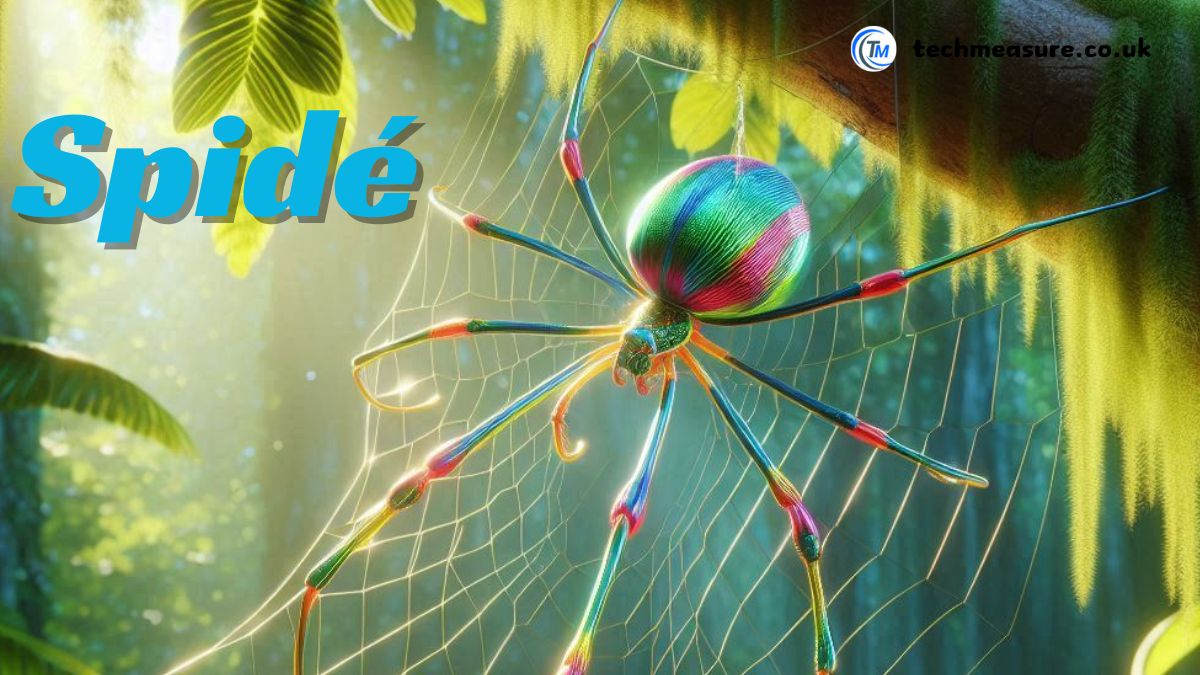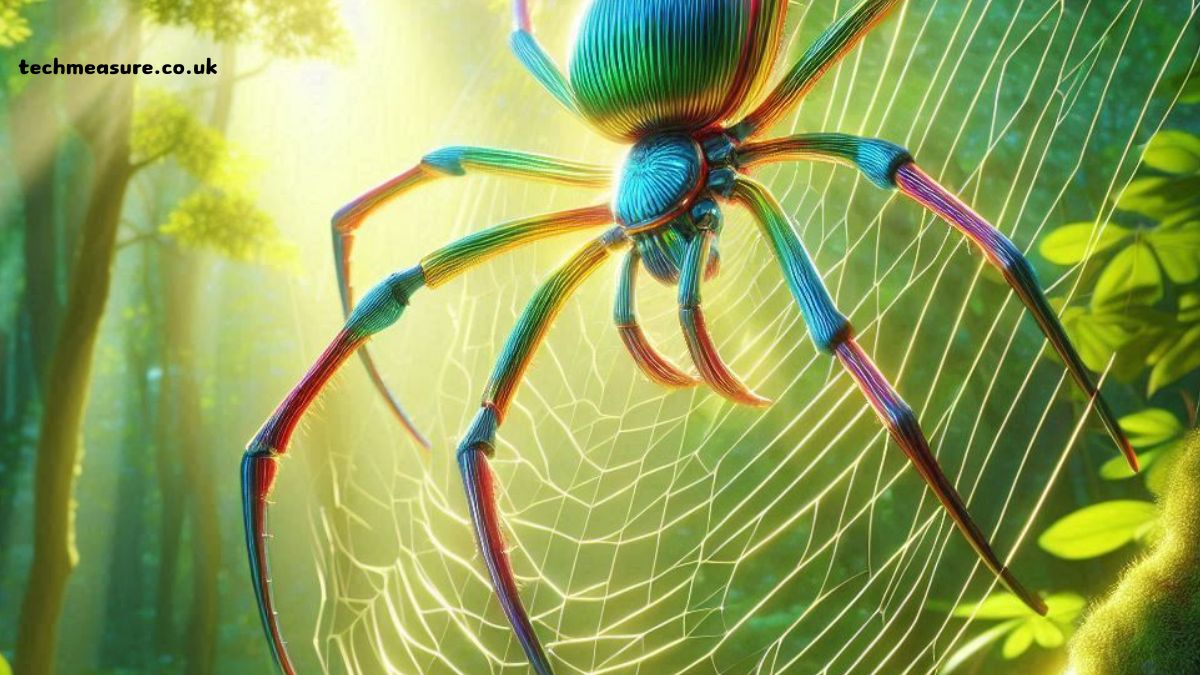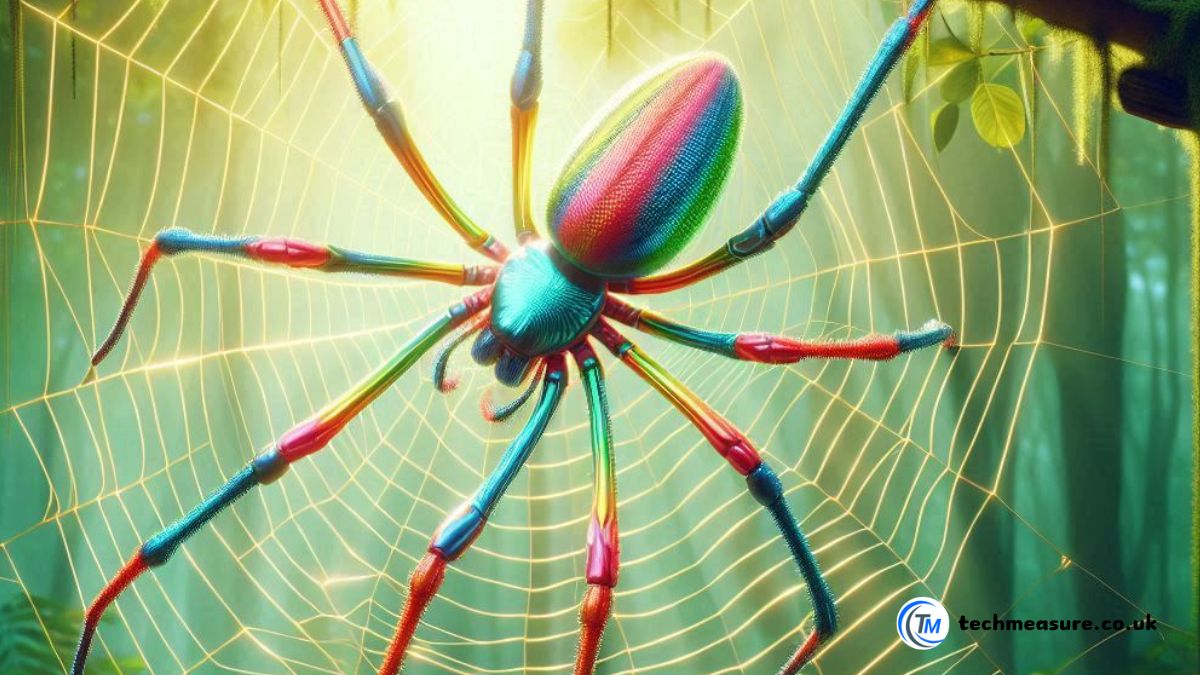Introduction
Have you ever heard of Spidé? It’s a fascinating topic that might not be on everyone’s radar, but it should be! Understanding Spidé can give us insights into a unique aspect of nature that many of us overlook. In this guide, we’ll delve into the world of Spidé, exploring its origins, characteristics, role in ecosystems, and much more. Let’s embark on this intriguing journey together.
The Origins of Spidé
Historical Background
The story of Spidé dates back centuries. Ancient texts and artifacts reveal that Spidé has been an integral part of various cultures worldwide. From ancient Egypt to indigenous tribes in South America, Spidé has always held a place of significance.
Cultural Significance
In many cultures, Spidé is more than just a creature; it’s a symbol. For some, it represents mystery and transformation, while for others, it signifies resilience and strength. Understanding these cultural connections can deepen our appreciation for Spidé.
Spidé in Mythology and Folklore
Spidé features prominently in numerous myths and legends. In some stories, it’s depicted as a wise creature, offering guidance to lost souls. In others, it’s a trickster, outwitting those who underestimate it. These tales add a layer of mystique to Spidé that captivates our imagination.
Characteristics of Spidé
Physical Traits
Spidé comes in various shapes and sizes. While the common image might be that of a small, eight-legged creature, Spidé encompasses a diverse range of species with unique physical traits. Some are brightly colored, serving as a warning to predators, while others blend seamlessly into their surroundings.
Behavioral Patterns
Spidé’s behavior is as varied as its appearance. Some are solitary hunters, while others live in complex colonies. Their hunting techniques, mating rituals, and web-building skills are fascinating areas of study that reveal much about their adaptability and intelligence.
Spidé Habitat
Spidé can be found in nearly every corner of the globe. From dense forests to arid deserts, they have adapted to thrive in diverse environments. Understanding their habitats helps us appreciate their resilience and ecological importance.
Life Cycle of Spidé
The life cycle of Spidé is a remarkable journey from egg to adult. This cycle includes stages like molting, where they shed their exoskeletons, and metamorphosis, where they undergo significant transformations. Each stage is crucial for their development and survival.
Types of Spidé
Common Varieties
There are many common types of Spidé that you might encounter in your backyard or local park. These include the garden Spidé, known for its intricate webs, and the wolf Spidé, recognized for its hunting prowess.
Rare Species
Beyond the familiar varieties, there are rare and exotic species of Spidé that are less known but equally fascinating. These include species with unique adaptations, such as the diving bell Spidé, which lives underwater, and the peacock Spidé, famous for its vibrant colors and mating dance.
The Role of Spidé in Ecosystems
Spidé plays a crucial role as predators in their ecosystems. They help control insect populations, which can prevent the spread of diseases and protect crops. Their predatory behavior is a key factor in maintaining ecological balance.
Impact on Biodiversity
By controlling insect populations, Spidé indirectly supports biodiversity. They create a more balanced environment where various species can thrive. Their presence is an indicator of a healthy ecosystem.
Spidé and Humans
Interaction with Humans
Our interaction with Spidé is a mix of fascination and fear. While some people are intrigued by their behavior and beauty, others are wary of their presence. Understanding Spidé can help alleviate unnecessary fears and promote coexistence.
Common Misconceptions
There are many myths about Spidé that contribute to misunderstandings. Contrary to popular belief, most Spidé species are harmless to humans. Clearing up these misconceptions is essential for a more accurate perspective on these creatures.
Benefits of Spidé to Humans
Spidé provides numerous benefits to humans, from pest control to medical research. Their venom has been studied for potential treatments for various diseases, and their silk has inspired innovations in material science.
Spidé in Modern Culture
In modern culture, Spidé appears in various forms, from literature and films to art and fashion. They are often depicted as symbols of mystery, creativity, and resilience, influencing our perceptions and inspiring artistic expression.
Conservation of Spidé
Threats to Spidé Populations
Spidé populations face several threats, including habitat destruction, climate change, and pollution. These factors can significantly impact their numbers and the ecological roles they play.
Conservation Efforts
Conservation efforts are underway to protect Spidé and their habitats. These include initiatives to preserve natural environments, reduce pesticide use, and raise awareness about the importance of Spidé in ecosystems.
How You Can Help
You can contribute to Spidé conservation by supporting environmental organizations, advocating for sustainable practices, and educating others about the importance of these creatures. Every small action can make a difference in preserving their populations.
Conclusion
Spidé is a fascinating and essential part of our natural world. By understanding their origins, characteristics, and roles in ecosystems, we can appreciate their significance and contribute to their conservation. Let’s embrace the wonder of Spidé and work together to ensure their survival for future generations.
FAQs
What are the most common types of Spidé?
The most common types include the garden Spidé and the wolf Spidé, known for their distinctive web-building and hunting behaviors.
Are Spidé dangerous to humans?
Most Spidé species are harmless to humans and play a beneficial role in controlling insect populations.
How can I help in Spidé conservation efforts?
You can help by supporting conservation organizations, reducing pesticide use, and spreading awareness about the importance of Spidé.
What role do Spidé play in the ecosystem?
Spidé are crucial predators that help control insect populations, supporting biodiversity and maintaining ecological balance.
Where can I learn more about Spidé?
You can learn more from nature documentaries, scientific publications, and by visiting natural history museums or participating in wildlife conservation programs.



